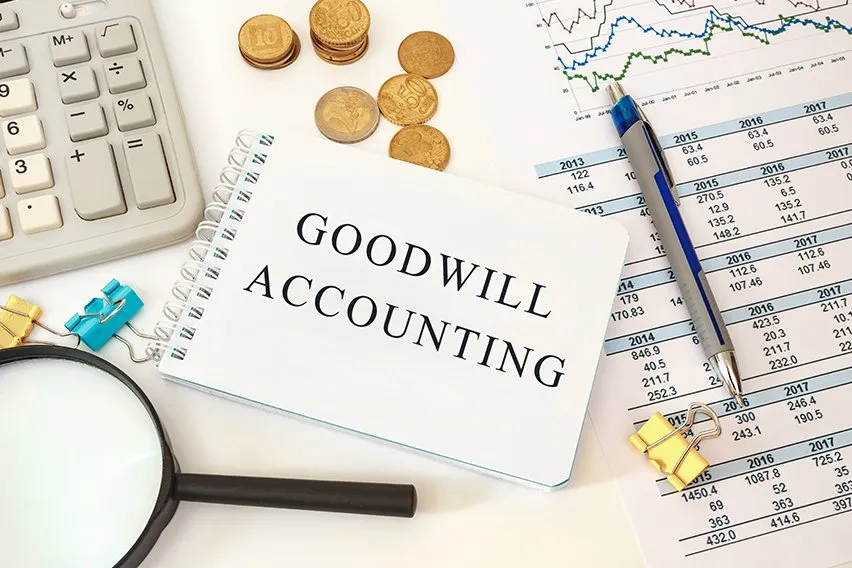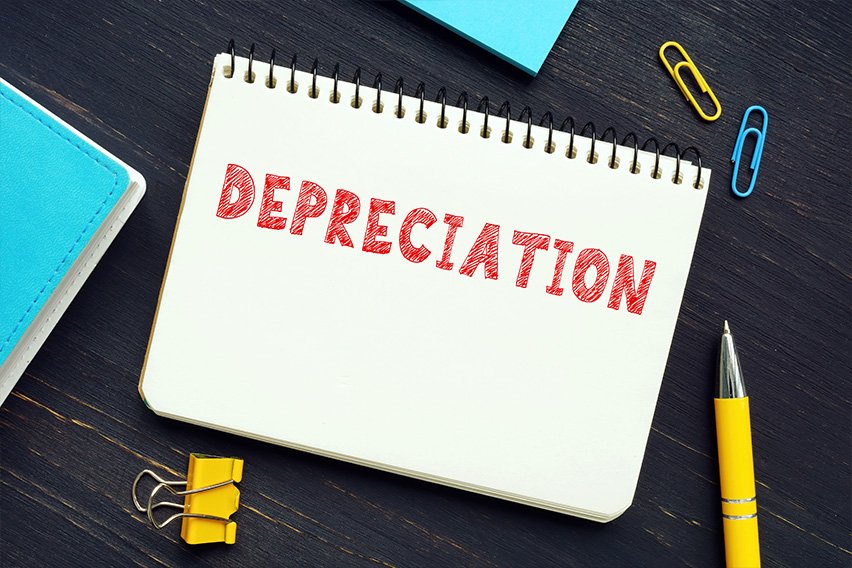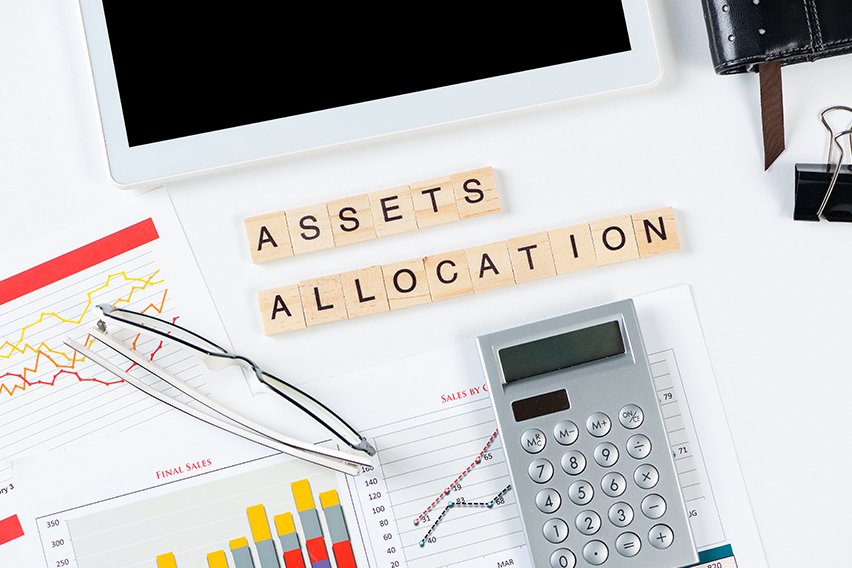What Does Goodwill Mean in Accounting? The Essential Features

In accounting, goodwill is the value of the business that exceeds its assets minus the liabilities. It represents the non-physical assets, such as the value created by a solid customer base, brand recognition or excellence of management.
Business goodwill is usually associated with business acquisitions. It is recorded when the purchase price is greater than the combination of the fair value of identifiable assets and liabilities.
What this article covers:
- What Is Goodwill in Accounting?
- The Types of Goodwill
- How to Calculate Goodwill?
- The Accounting Treatment of Goodwill
- The Valuation of Goodwill

What Is Goodwill in Accounting?
When a business is acquired, it is common for the buyer to pay more than the market value of the business’ identifiable assets and liabilities. The amount that is paid in excess is known as goodwill.
Unlike physical assets such as building and equipment, goodwill is an intangible asset that is listed under the long-term assets of the acquirer’s balance sheet. It cannot be sold or transferred separately from the business as a whole.
While it contributes significantly to its success, the value of goodwill for a business can be hard to define as it doesn’t generate any cash flows for the business.
Some assets that are categorized as goodwill include:
- Business reputation
- Brand name
- Licenses and permits
- Domain names
- Trade secrets
- Copyrights and patents
- Managerial and executive talent
The Types of Goodwill
There are different types of goodwill based on the type of business and customers.
- Business Goodwill is associated with the business, its position in the marketplace, and its customer service.
- Professional Practice Goodwill relates to professional practices such as doctors, engineers, lawyers and accountants. It can be further classified as practitioner goodwill which is related to the reputation and skill of the individual professional and practice goodwill which arises from the practitioner’s track record, institutional reputation, location and operating procedures.
How to Calculate Goodwill?
Financial advisors use residual analysis in the valuation of goodwill. In this case, goodwill represents the residual of the overall business value less the total value of all tangible assets and identifiable intangible assets used in the business enterprise.
- Get the book value of all the assets on the balance sheet
- Determine the fair value of the assets
- Find the fair value adjustment which is the difference between the fair value and the book value of the assets
- Calculate the excess purchase price by taking the difference between the price paid to acquire the target business and the net book value of the assets
- The goodwill is calculated by taking the excess purchase price and deducting the fair value adjustments
Example
You purchase another business for $3 million. The purchased business has $2 million in identifiable assets and $600,000 in liabilities.
The net identifiable assets equal $1.4 million ($2 million minus $600,000).
Goodwill = $1.6 million ($3 million – $1.4 million)
Record the goodwill as $1.6 million in the noncurrent assets section of your balance sheet.

The Accounting Treatment of Goodwill
Goodwill is calculated and categorized as a fixed asset in the balance sheets of a business. From an accounting and fiscal point of view, the goodwill is not subject to amortization. However, accounting rules require businesses to test goodwill for impairment after a certain period of time.
In 2014, the Financial Accounting Standards Board (FASB) issued updates on accounting for goodwill. FASB Accounting Standards Update No. 2014-02, Intangibles—Goodwill and Other (Topic 350): Accounting for Goodwill, permits a private company to amortize goodwill on a straight-line basis over a period of 10 years.
• Is Goodwill a Current Asset?
Goodwill is a noncurrent asset. These assets refer to long-term business investments such as property, plant and investment, goodwill and other intangible assets.
• Is Goodwill a Nominal Account?
No, goodwill is not a nominal account. It is an intangible real account. These accounts represent assets which cannot be seen, touched or felt but they can be measured in terms of money.
The Valuation of Goodwill
Goodwill needs to be valued when a triggering event results in the fair value of goodwill falling under the current book value.
This is due to:
- Damages caused by breach of contract, copyright infringement or interference with business opportunity
- Business or professional practice mergers or separation
- Bankruptcy and reorganization
- Conversion from a C corporation to an S corporation
While businesses can build internal goodwill by training employees, maintaining good relations with clients and growing their customer base, they can only record the goodwill of the business that they have acquired. Internal goodwill is not classified as an asset.
Goodwill plays a huge role in the business acquisition price. It has an impact on the value of the business as it reduces the risk that its profitability will decline after it changes hands.
RELATED ARTICLES

 What Can Be Depreciated in Business? Depreciation Decoded
What Can Be Depreciated in Business? Depreciation Decoded What Is Overhead Allocation for Small Businesses
What Is Overhead Allocation for Small Businesses Accounting Errors: What Is a Transposition Error
Accounting Errors: What Is a Transposition Error How Accounting Can Help Your Small Business Succeed | How-To Guide
How Accounting Can Help Your Small Business Succeed | How-To Guide What Is LIFO Method? Definition and Example
What Is LIFO Method? Definition and Example What Are Adjusting Journal Entries?
What Are Adjusting Journal Entries?